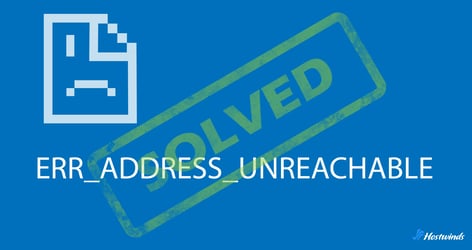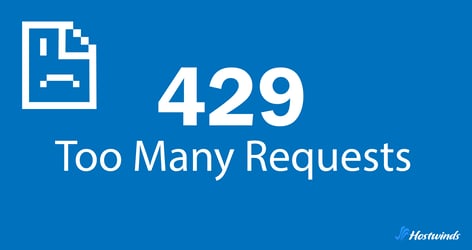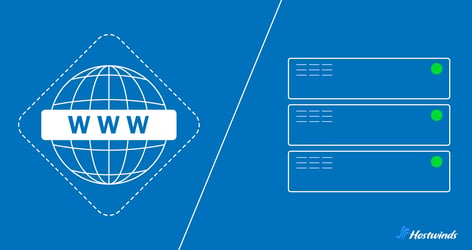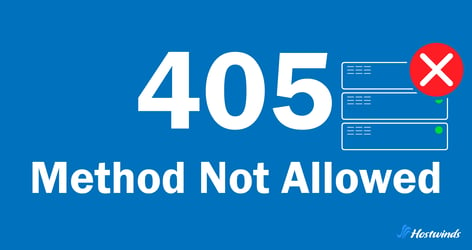Hostwinds Blog
Search results for:
by: Hostwinds Team / August 27, 2025
Every HTTP status code tells a story about what's happening between a client (e.g. web browser) and a server. Some stories are simple; 200 means success, 404 means the page doesn't exist. But when you see 405 Method Not Allowed, the story is a little more interesting. Let 's...

by: Hostwinds Team / August 15, 2025
Seeing a big warning page that says ERR_CERT_DATE_INVALID when you try to load a website can feel a bit alarming. For everyday users, this simply a friendly alert that the site they're trying to reach may not be secure. For website owners, it's a sign that your SSL...

by: Hostwinds Team / August 7, 2025
When a browser throws the ERR_ADDRESS_UNREACHABLE error, it's telling you that it tried to connect to a specific address (domain name or IP), but the connection was blocked or couldn't be made. Unlike some other browser errors that point to slow responses or bad certificates...

by: Hostwinds Team / July 28, 2025
If you're planning to accept payments online, you've probably come across the term PCI hosting . It might sound like something every business must have, but whether it's necessary depends on how you handle payments and cardholder data. This article will explain what PCI...

by: Hostwinds Team / July 16, 2025
The 429 error—" Too Many Requests "—shows up when something hits your site too frequently in a short amount of time. At first, it might seem like a small issue or just your server trying to manage traffic. But in many cases, it's not a rush of real visitors causing the...

by: Hostwinds Team / June 24, 2025
Running into the DNS_PROBE_FINISHED_NO_INTERNET error can be a bit of a headache, especially when you're just trying to load a website. This message usually means your browser or device isn't able to connect to the internet—often because something's going wrong with DNS. In...

by: Hostwinds Team / June 17, 2025
If you're looking to get started with web hosting, you'll undoubtedly come across the terms host and server— which are sometimes used interchangeably. While the two work together, they serve different purposes when it comes to delivering websites and applications online. One...

